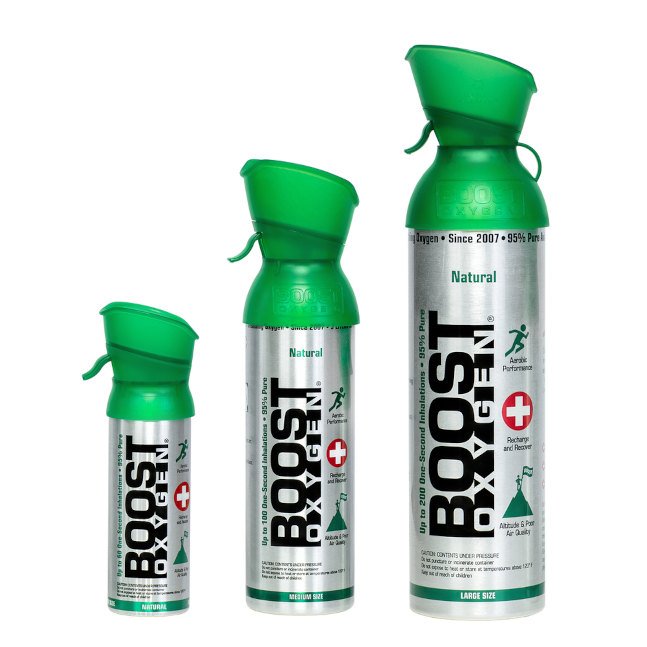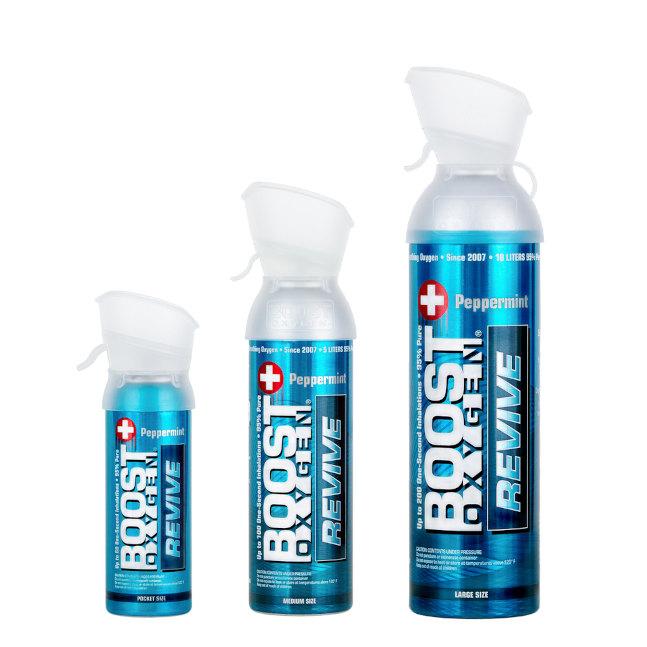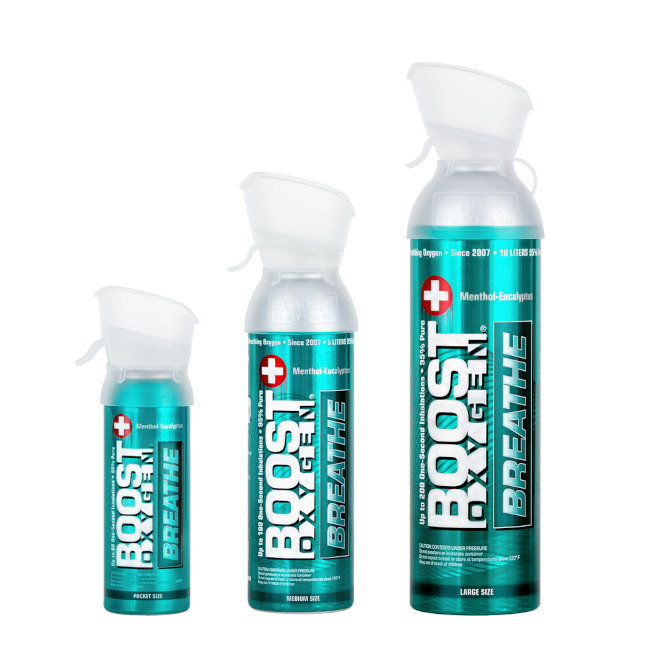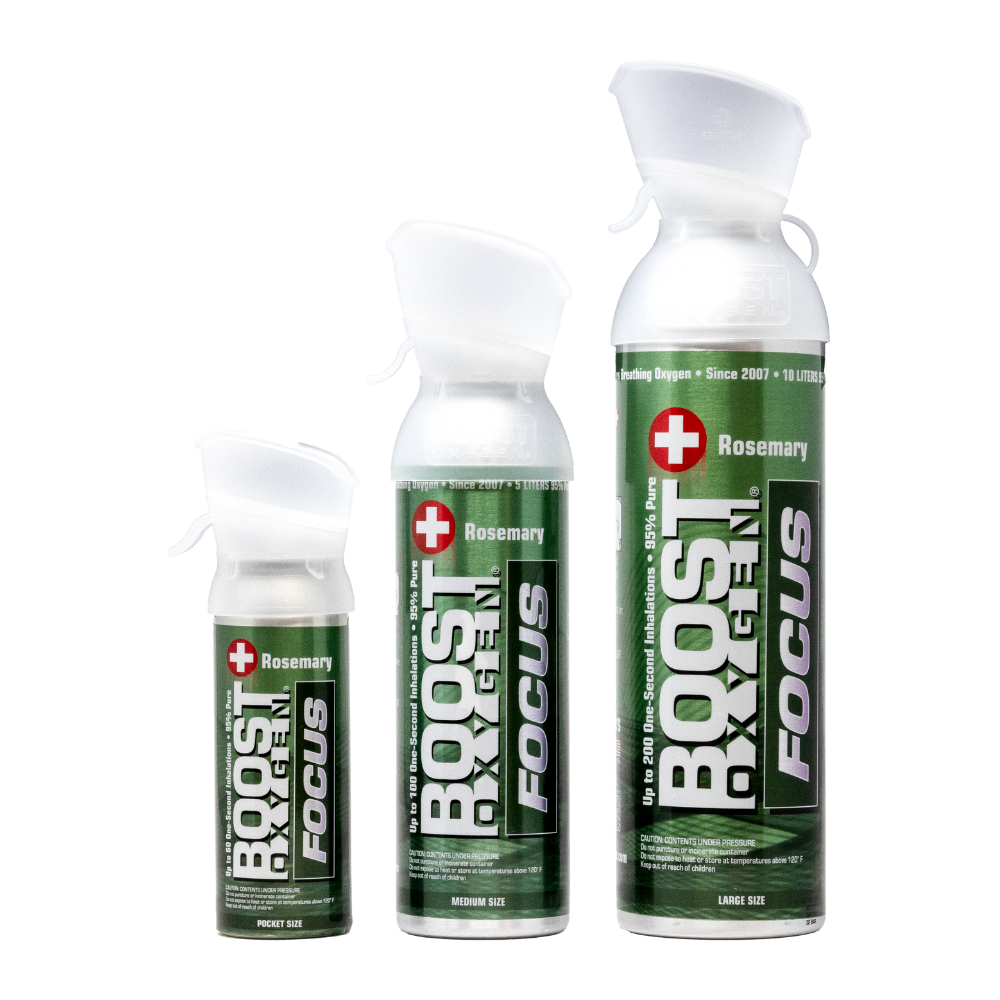We are sharing the background of Brian Flick. He’s a Colorado local who is a climber, trail runner, and skier. He also knows about hypoxia and shares the story of a distressing at-altitude situation from earlier this year that he was able to identify and help with because he is informed and was prepared:

“I tend to be very aware of what my body is telling me in terms of hydration, fatigue and especially my lungs. It’s very easy to get caught up in the moment when you’re so close to your goal to completely disregard how much energy you are exerting and how much strain you are putting on your body. Before you know it, you can be in very far above your head and not know how to get away from the situation safely. Hypoxia (aka, Altitude Sickness) or the lack of oxygen getting to your muscles, can happen gradually or it can happen very suddenly. Either way, it’s something to not take lightly as it can sometimes lead to deadly consequences if pushed aside. My wife is a nurse at a local hospital, so I tend to be more cognizant of the onset, symptoms, and remedies when it comes to hypoxia.
On my phone, I’ve even created a cheat sheet of sorts for the situation since you may believe you know how to keep calm and remember all of the things you need to remember, but as the saying by boxing legend Mike Tyson goes, “Everyone has a plan until they get punched in the face.” Including topics like: things to look for, questions to ask, and methods of treating hypoxia, are what this cheat sheet contains, within my phone, so whenever I’m in the situation I know exactly what to do and say.”

“Around January 5, 2020, I was at Keystone Resort in Colorado with a couple of friends. We were hanging out in the side country and scoping out our line. Fresh snow had fallen overnight and the lines we could choose from were vast. We hiked pretty far back into the bowls and eventually decided to hike to an area known as the Puma Bowl. On the way to the Puma Bowl, you have to climb a moderately steep hill, but with all of your gear on it makes it even more demanding. Near the middle of the hike up, I noticed a guy laying on his back in the snow. I thought “Hmm. That doesn’t look great, but this isn’t an easy hike, so maybe he’s just winded.” Once I got to where he was, I asked him if he was ok. He responded “Yea, I’m just a little winded. I’ll be fine.” Being an avid trail runner, I too get winded from this hike as the Puma Bowl sits right around 11,000 feet elevation…so I thought not much of it and kept moving. My friends and I eventually reached where we wanted to drop-in and we sat in the snow for a little while to regain our breath. After about five minutes, I noticed the man who I saw laying in the snow walking towards us again and I assumed he was going to an even higher drop-in – as there are multiple options above the Puma Bowl. But something seemed off. He was walking, but at a very slow rate and in not too straight of a line. Eventually, he got to where we were sitting, and I said: “You sure you’re doing alright?” He responded, “Yea, it’s just my first day here in Colorado and I didn’t get too much sleep last night because my buddies and I were up drinking all last night.”
“If there is one thing to know about hypoxia, it’s that it will almost certainly hit you when you first hit a high altitude and that alcohol exacerbates the symptoms even more. Immediately I stood up and started quizzing the guy on very simple questions (i.e. What state are you in? How long are you here for?). Things that he should know, but still could give insight into how he was actually feeling. His answers were correct (to my knowledge), but mumbled through them to an extent. I told him “Look, dude. I don’t think it’s smart at all to go any further. You have another big hill to ascend before you reach where you say your buddies are and it’s about another 500 feet in elevation gain. You need to drop-in right now with us and we will get you to the bottom of the mountain. You need to get out of here.” He refused, saying that his buddies were waiting for him at the top of the drop-in zone and that they’d laugh at him if he didn’t make it. If you’re ever in this situation, find new friends because they aren’t actually your friends. I grabbed my ski pack and opened it up to grab a bottle of Boost Oxygen that was in it. Handed it to him and said, “Breath some of this in now and take this.” He breathed some of it in but didn’t want to take it with him and he walked away, heading up the mountain even further. I watched him as he swayed and walked away. He got about 25 yards away when he fell to his knees and collapsed face-first into the snow. There were two snowboarders walking near him and I shouted to them to check if he was ok and to stay with him as I was going to go and get help. My friends and I snapped into skis and snowboards, threw on our packs, and skied down to the lift as fast as we could. I luckily found Ski Patrol at the lift and told them the situation and a description of what the guy was wearing, and they said that they would take it from here.”

“I’m not sure what happened to the guy, to be honest. I assume he made it out of the side country safely as I didn’t hear anything on the news or in accident reports. But if I wasn’t worried about the guy dying up there, I’d be lying. The thing about these kinds of situations is that not only are you putting yourself in danger, but you are putting others potentially in danger as well as the people who are now helping you could potentially have to risk their lives to save you. Thankfully this was not one of those situations as even side country is pretty tame, but if this was some sort of excursion of true backcountry, who knows how this could have played out. Listen to your body, respect your body, and know your limits. Don’t do things to impress others because this guy wasn’t impressing anyone and only making himself look foolish. Altitude sickness is not something to mess with and can be fatal. Know the symptoms, know the treatment, and know how to not get yourself in that situation in the first place. Stay safe out there.”

We thank Brian for not only sharing his story, but for understanding the dangers associated with hypoxia and for having a bottle of Boost in his pack for his outdoor adventuring. So many people underestimate and do not prepare for the negative effects of being at-altitude. #AltitudeIsNoJoke

*Disclaimer: 95% Pure Boost Oxygen is for recreational purposes only, ideal for athletes and sports enthusiasts, older adults, and people at high altitude or in poor air quality. No prescription is needed to purchase Boost Oxygen. As it is not medical-grade oxygen, not a drug, and not intended for the treatment of any medical condition or disease, it is neither regulated nor approved by the FDA and thus the Agency has not assessed any of the statements herein. Consult your physician if you have any medical conditions.










